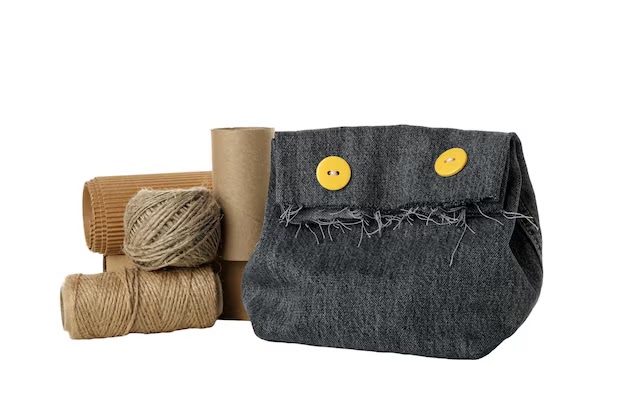Easy Tips on How to Reuse and Reduce Waste

Waste is a growing problem globally, but small, conscious choices can lead to significant change. Learning how to reuse everyday items not only cuts down on waste but also saves money and resources. Let’s explore simple and practical tips on how to incorporate reuse into your daily routine. Repurpose Old Containers From mason jars to food tubs, containers are incredibly versatile. Use mason jars as drinking glasses, vases, or pantry storage. Plastic tubs from yogurt or butter can be used to store leftovers, organize craft supplies, or even as planters. Reuse Gift Bags and Wrapping Paper Instead of discarding gift bags and wrapping paper, save them for future occasions. Tissue paper can also be used for crafts, stuffing in gift boxes, or even as packing material. Convert Coffee Grounds Into Fertilizer Used coffee grounds are a fantastic natural fertilizer for your plants. Spread them around your garden to enrich the soil, or add them to your compost pile to boost its nutrient levels. Tu...


.jpg)


